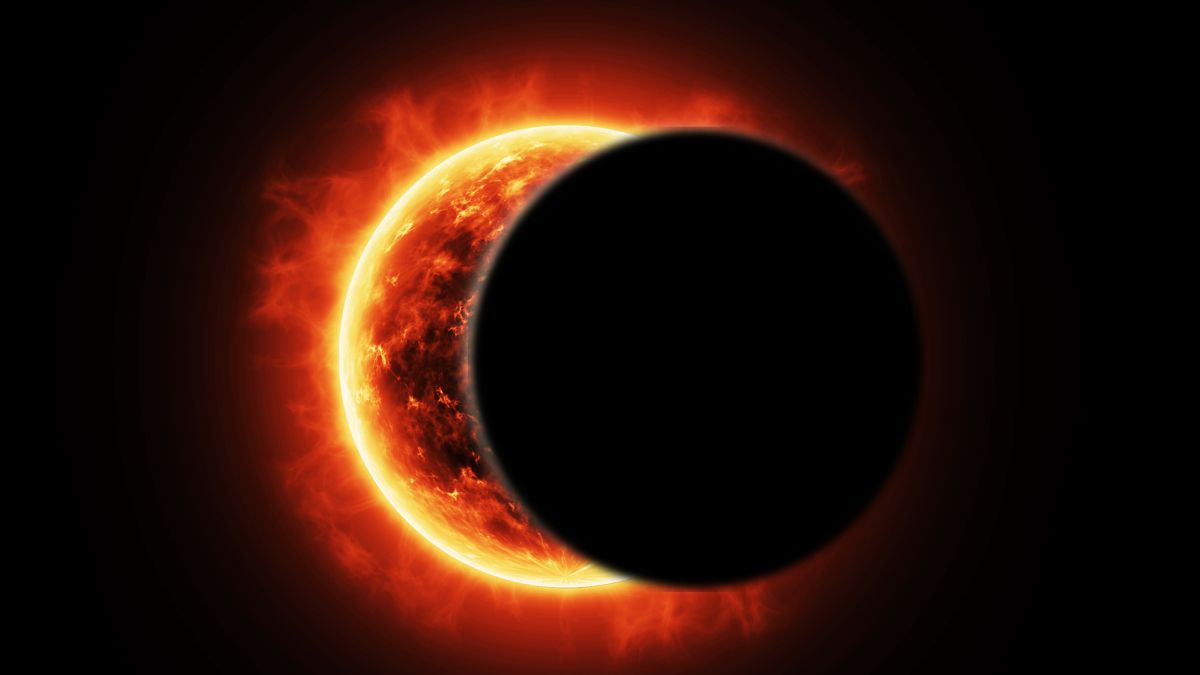- By Priyanka Munshi
- Thu, 20 Apr 2023 08:06 AM (IST)
- Source:JND
SOLAR ECLIPSE 2023: Today is the Ningaloo eclipse on April 20 of this year, and there will be a total of four eclipses in 2023—two lunar eclipses and two solar eclipses. The first solar eclipse of the year, known as Surya Grahan, will take place on the Vaishakh Amavasya, or new moon day, of the Hindu month of Vaishakh.
You should be aware that a hybrid solar eclipse only happens a few times every century, so if you get to see one, consider yourself lucky. The following solar eclipse in 2023 will occur on October 14, while the year's two lunar eclipses will occur on May 5–6 and October 28–29.
What Is A Hybrid Solar Eclipse?
The hybrid solar eclipse is an astronomical event that only takes place when the moon moves in front of the sun, obscuring all of the sun's light and preventing it from reaching the earth. At this time, the full moon casts a shadow across the whole surface of the planet, while some regions of the Earth that are in its vicinity experience darkness.
It's interesting to note that there are three different types of solar eclipses: total, partial, and annular. Now, during a total solar eclipse, the moon will truly block out the sun, making the sun's outer atmosphere visible.
Also Read: Solar Eclipse 2023: Important Do's And Dont's You Must Follow During The Rare Hybrid Surya Grahan
A portion of a solar eclipse occurs when the moon partially blocks the sun, allowing some of its light to shine through. The last one, an annual solar eclipse, occurs when the moon appears smaller than the sun and the sun's ring light is seen around the moon. During a partial solar eclipse, the moon partially covers the sun, allowing some of the sun's light to be visible.
When And Where To Watch The Solar Eclipse
From Western Australia, the hybrid solar eclipse will be visible from 10:29 to 10:35 p.m. EDT on April 19 (02:29 to 02:35 GMT on April 20), from 11:19 to 11:22 p.m. EDT (03:19 to 03:22 GMT), and from 11:23 to 11:58 p.m. EDT (03:23 to 03:58 GMT), from East Timor.
How Can The Solar Eclipse Be Visible?
Four eclipses, including two solar and two lunar, will occur in 2023. It is crucial to take safety precautions when observing a solar eclipse, such as using filters like 14-shaded welding glass, black polymer, or aluminized Mylar. The sun can also be viewed with binoculars or by projecting its image onto a whiteboard using a telescope. The solar eclipse will be streamed live on Timeanddate.com.

